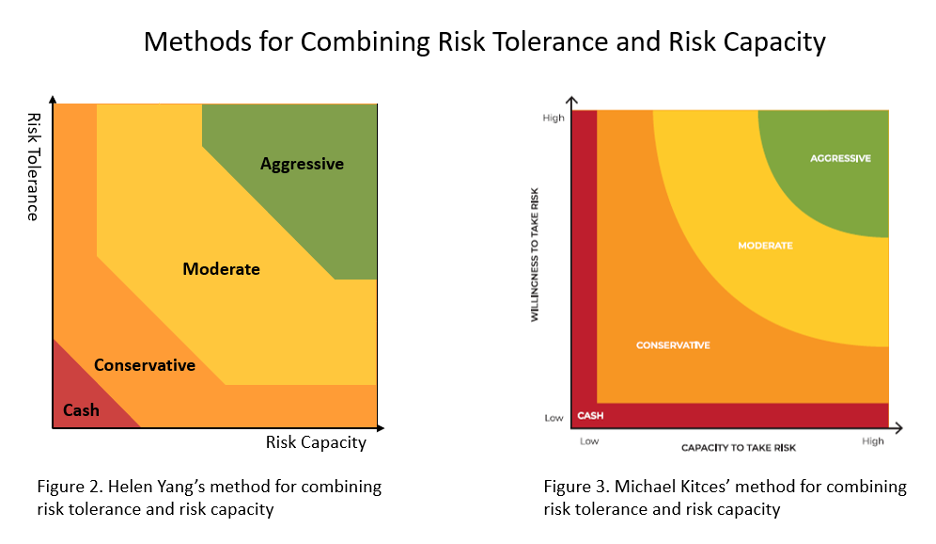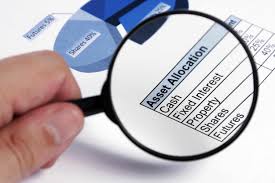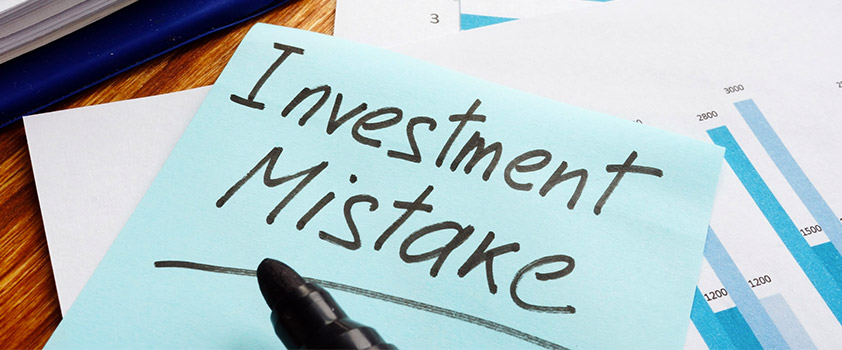08
Sep
The Republic of Korea has had a remarkable economic performance since the early 1960s, achieving per capita income of $27,000 to become the world's eighth-largest trading nation. However, the economy's recent growth performance has been rather disappointing. Gross domestic product (GDP) growth averaged only 4.1% during 2000-2010, marking a significant drop from the average of 7.9% achieved during 1960-2000. Moreover, from 2011 to 2015, the Republic of Korea's GDP growth averaged only 3.0%. The Organisation for Economic Co-operation and Development (OECD) (2014a) has projected a further decline in the country's growth rate to around 2.0% in the coming decade. Some…









